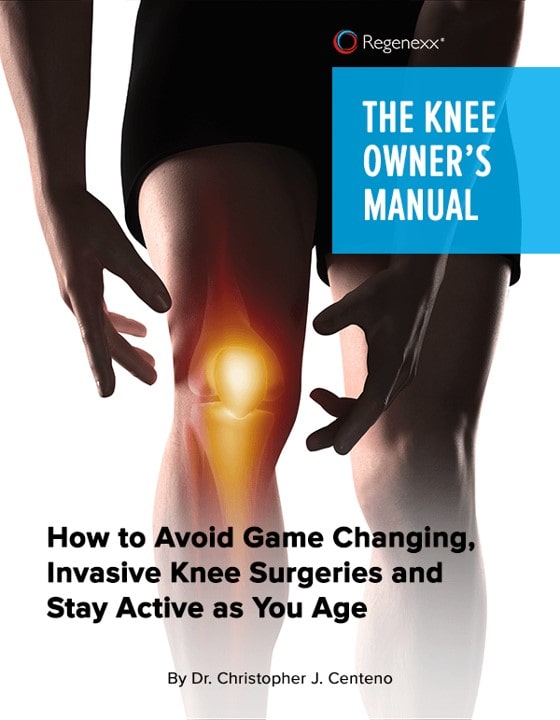Preventing ACL Injury Is About Your CORE and Pelvis!
The best way to treat knee ACL injuries is to prevent them. However, while we know some things about prevention, we’re still learning more all the time. Now new research shows that the way the kinetic chain breaks down and doesn’t work in the leg may be responsible for why these ligament injuries happen.
What is The Kinetic Chain?
Our bodies move in an infinite number of ways. One way to understand this is the illustration of a chain. You can picture a chain, with its individual links, hanging in a straight vertical line. If you pull any one of the links even slightly to the right or to the left, all of the other links are affected.
Thinking of movement in this way can help you to realize that an injury to any one part of your body, a joint, for example, doesn’t always happen in isolation. For example, activation of various muscles helps give both force to our movements and also controls stiffness that protects the joints from injury. In addition, all of these joints are connected in complex ways. So what happens to one part of the chain impacts the other connected links.
ACL Injury Risk
One of the main stabilizers in the knee is the ACL or anterior cruciate ligament. It lives in the center of the knee and helps to stabilize the lower tibia bone in forward motion and rotation. It’s commonly injured in sports and is often replaced surgically.
Our knee joints are at especially high risk for injury, and researchers recently proposed that, by harnessing the stiffness in the joints near the knee (the lower back and hip joints), the risk of knee injuries could be reduced.
This new research was the first to begin to explore how the complex kinetic chain of joints and muscles from the spine to the leg may impact the ACL. Many other researchers proposed the idea that knee injuries are related to deficits in the proximal (hip and core) neuromuscular structures, but no one else had set about to prove this theory.
What the researchers found was that the inability to control the chain of joints from the spine to the knee was what increased the risk for ACL injury. Why? The body needs to generate resistance to tibial rotation to protect the ACL. This means the lower leg bone must be protected by a complex series of muscles that connect the pelvis to the knee.
When Was the Last Time an Orthopedic Knee Surgeon Looked at Your Spine or Hips?
This is just one of many studies that shows how critically important your spine is to your knee health. However, how many orthopedic knee surgeons even perform a spinal exam? The answer is very few. However, research study after research study continues to show that your spine should be on the list of things to look at when you hurt your knees or there is arthritis there. To learn more about these connections, read my book, The Knee Owner’s Manual:
If you do have an ACL injury and want to avoid surgery, our ACL procedure using orthobiologics has allowed many patients to eliminate the need for having their existing and torn ACL removed. Watch a video below to learn how that works:
The upshot? If you read this blog, you know that the knee bone is connected to the hip bone which is connected to the spine. Meaning, we are all interconnected machines and looking at just the part that hurts is not good medicine! In addition, preventing ACL injury means understanding what’s happening in your spine is as important as what’s happening in your knee!

If you have questions or comments about this blog post, please email us at [email protected]
NOTE: This blog post provides general information to help the reader better understand regenerative medicine, musculoskeletal health, and related subjects. All content provided in this blog, website, or any linked materials, including text, graphics, images, patient profiles, outcomes, and information, are not intended and should not be considered or used as a substitute for medical advice, diagnosis, or treatment. Please always consult with a professional and certified healthcare provider to discuss if a treatment is right for you.
